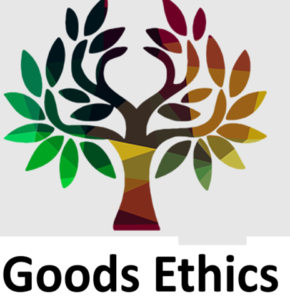Engineering Ethics – Section 6 Lawrence Kohlberg cited a model for his Moral improvement hypothesis. This model is famously called the Heinz's Dilemma. Story of Heinz An account of a...
Category: Morality
What is Our Responsibility Over the past few years I have worked with and met a number of social entrepreneurs. I have been struck by how many have come into the work that they do through perceiving...
Ethical Incentives In the business world it is a fairly common tactic to use bonuses, commissions and other rewards to incentivize performance and retention among employees. Is it possible to create...
Beyond Disadvantage I have long been conscious of words, labels and how language can shape our reality. Initially my experience of labels was a personal one. Not just because of my sexuality, but...
Risk Management When culture failure strikes an organization, the organization is rarely the same again afterwards. Culture failure is a leading failure mode in major organizational...
Operating Culture Assessments Effective Operating Culture Diagnostics Using Online Surveys Online Group Surveys Business experts and academics both agree that a healthy operating culture is...
